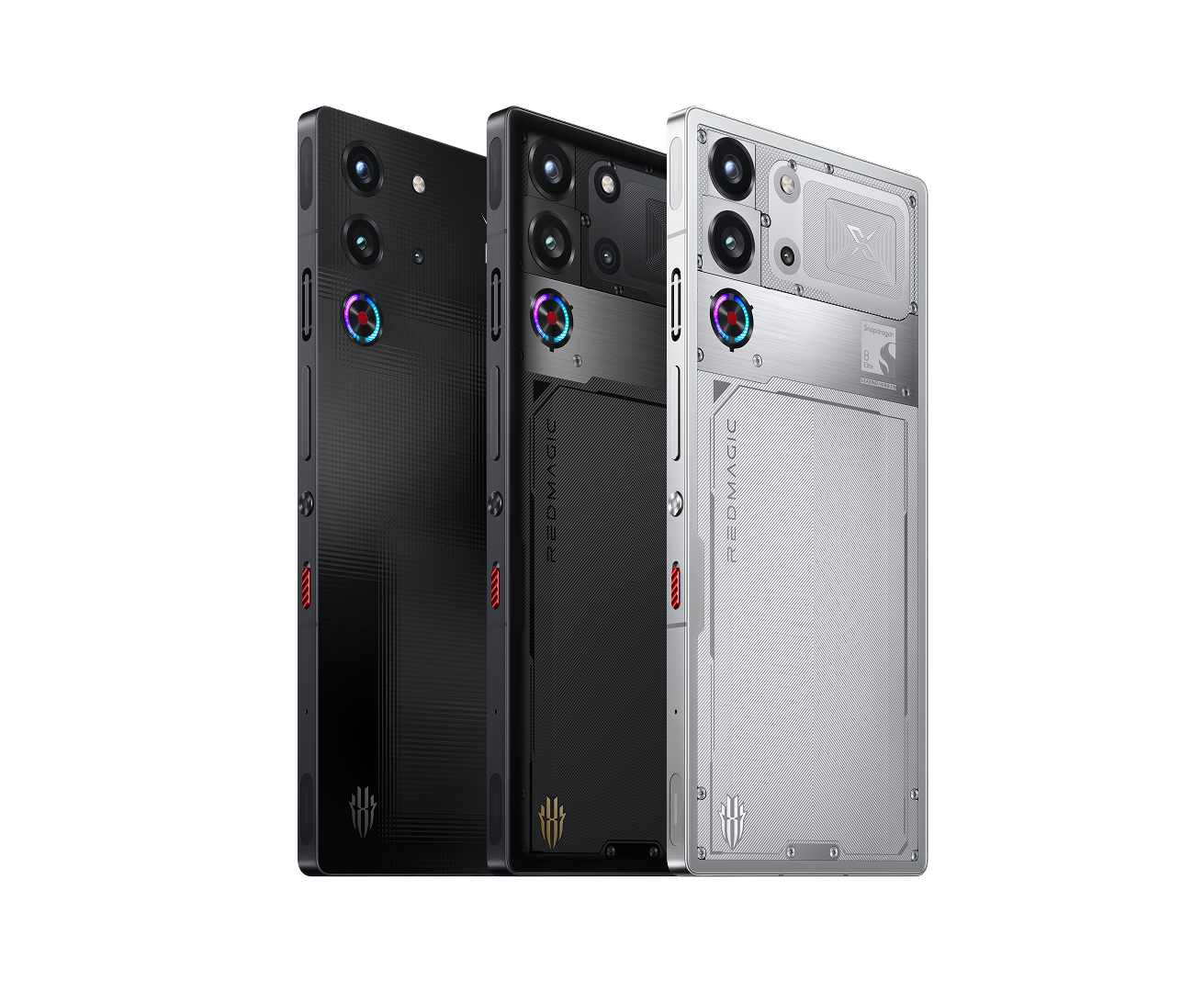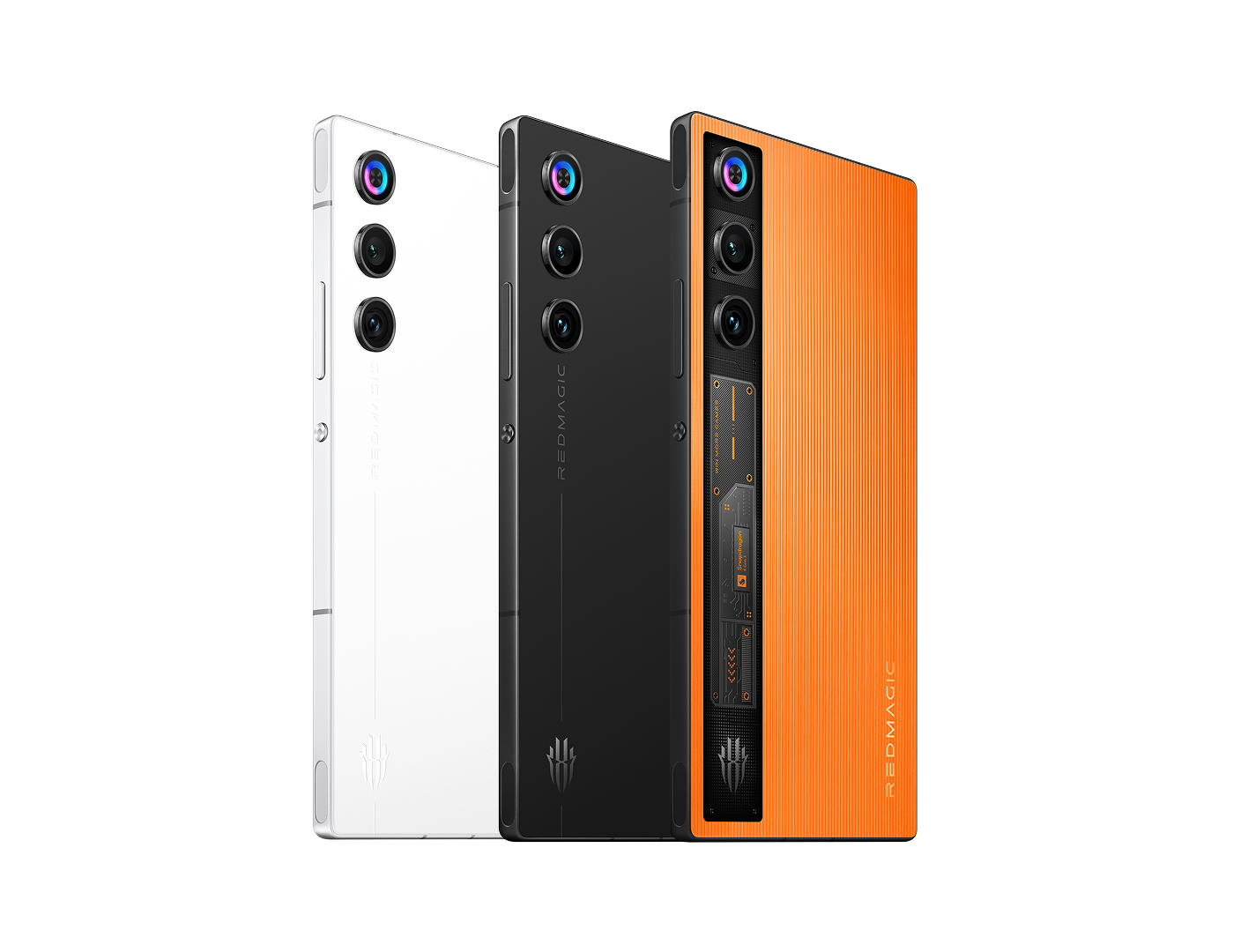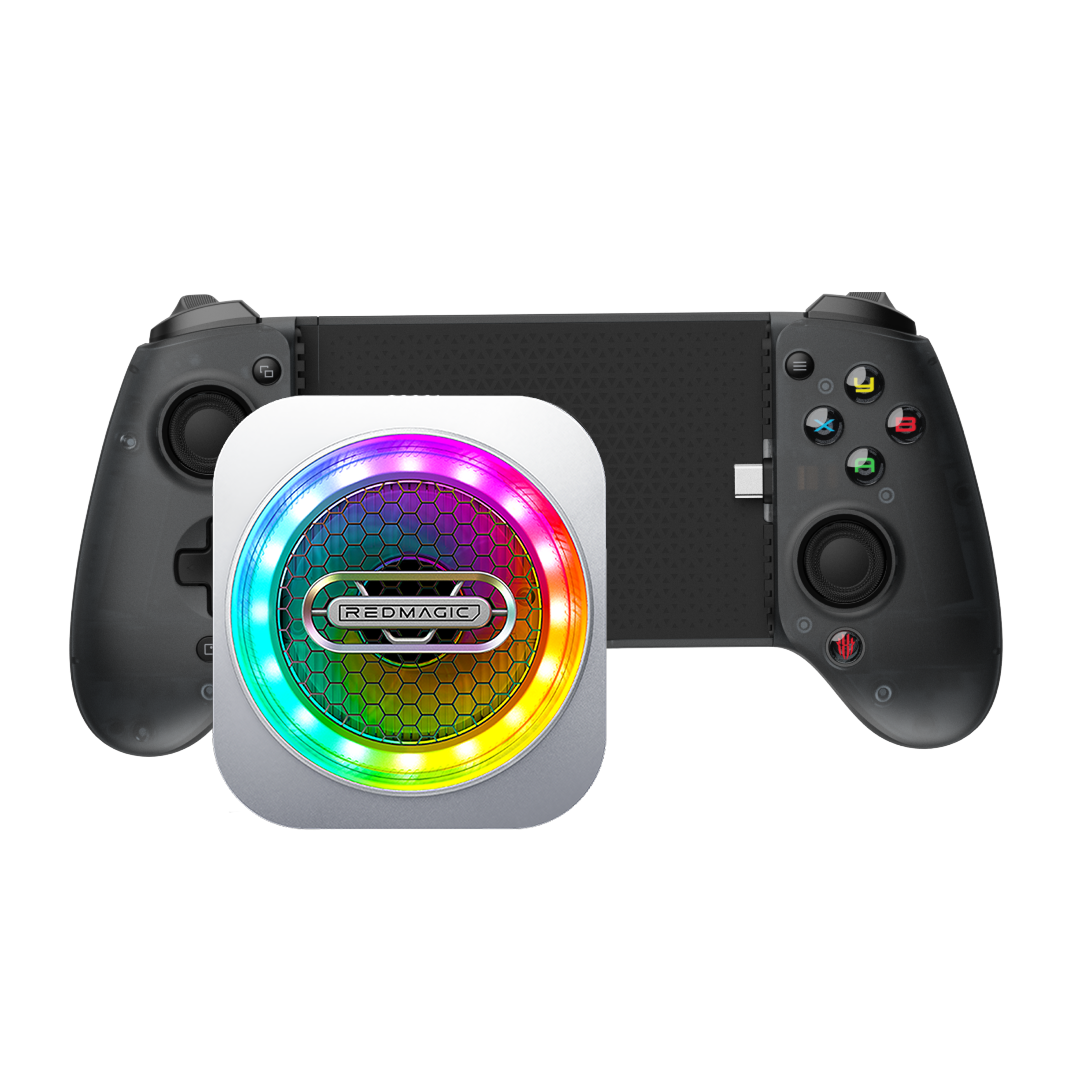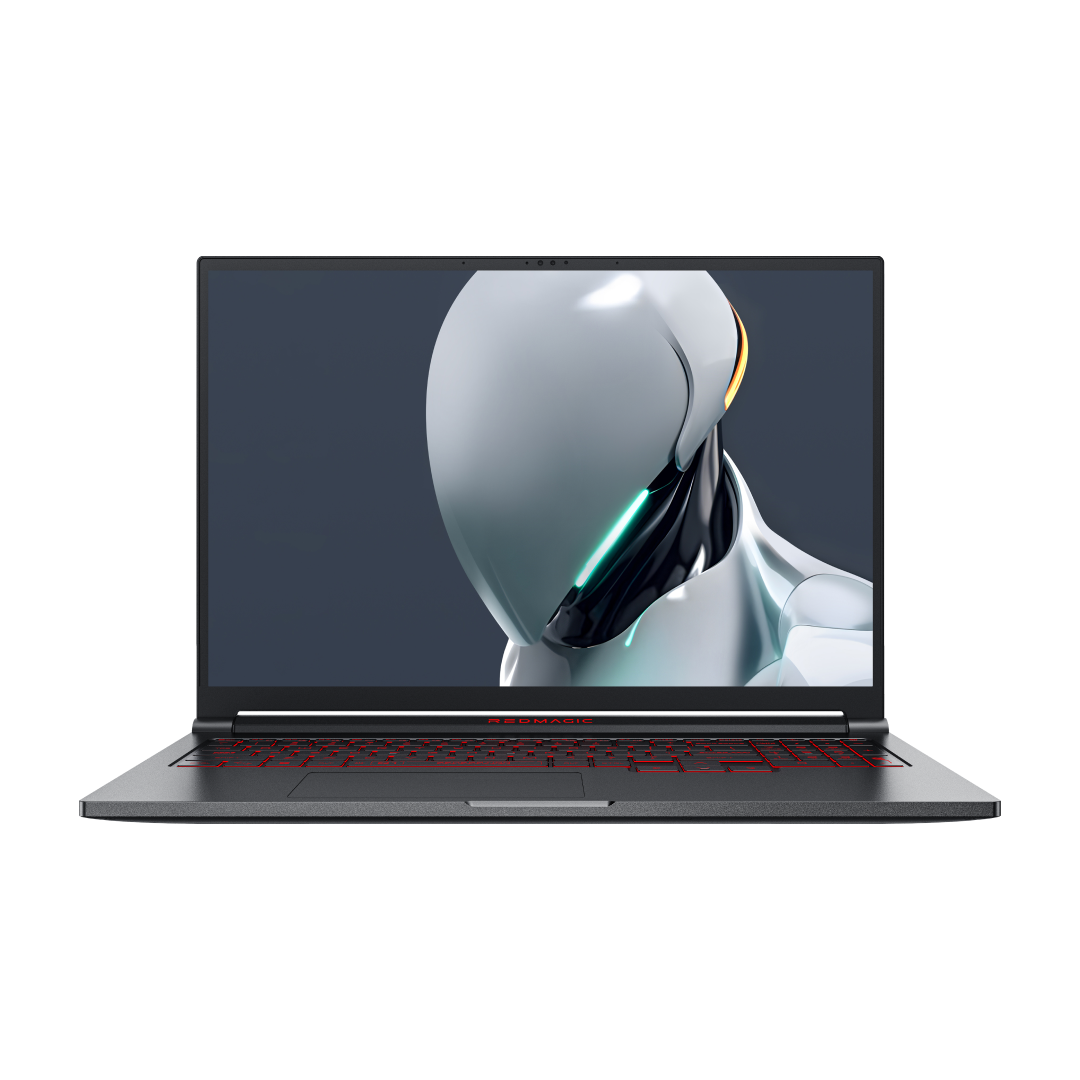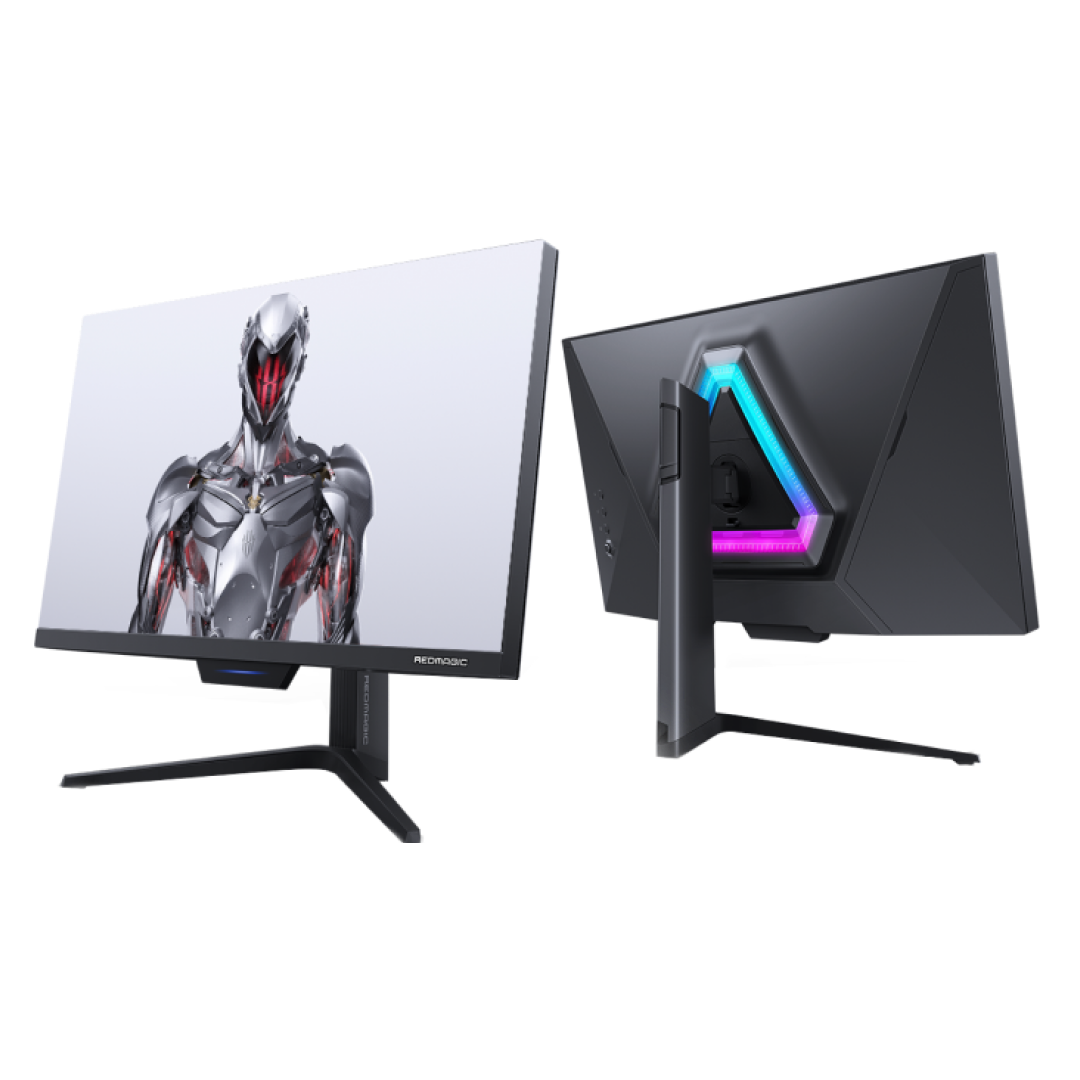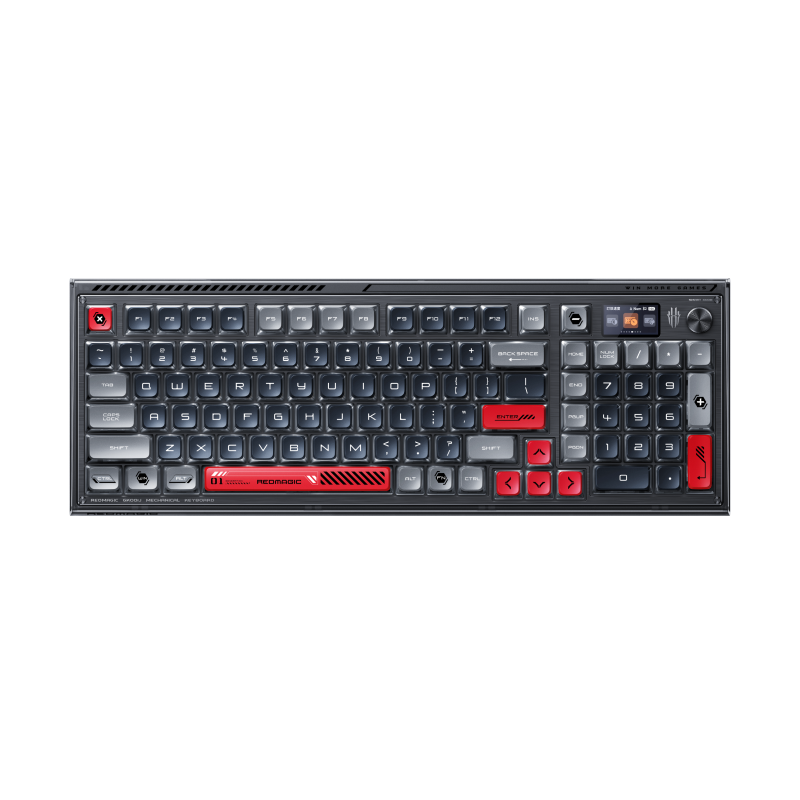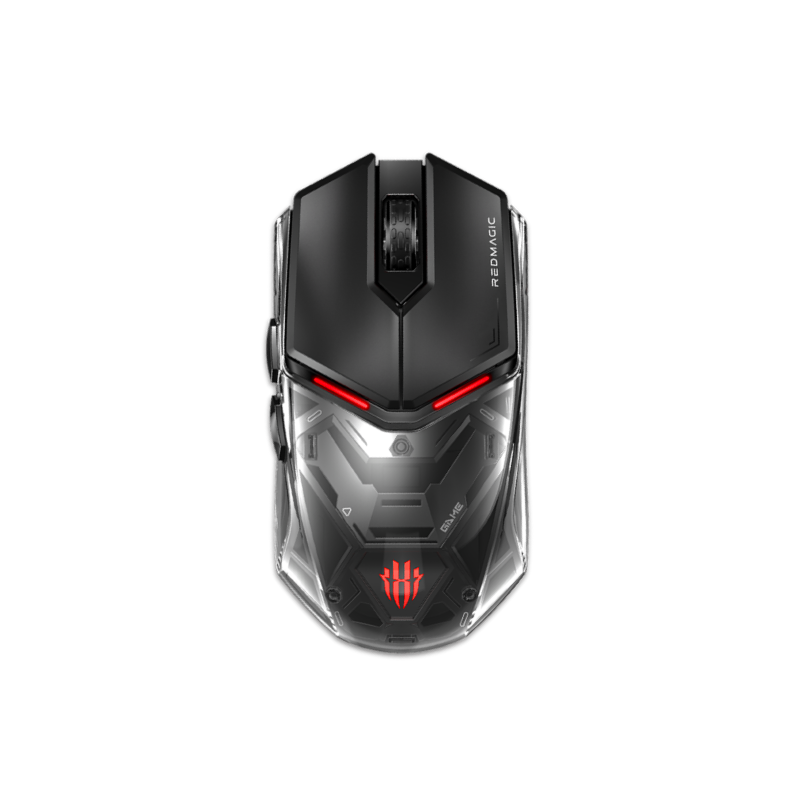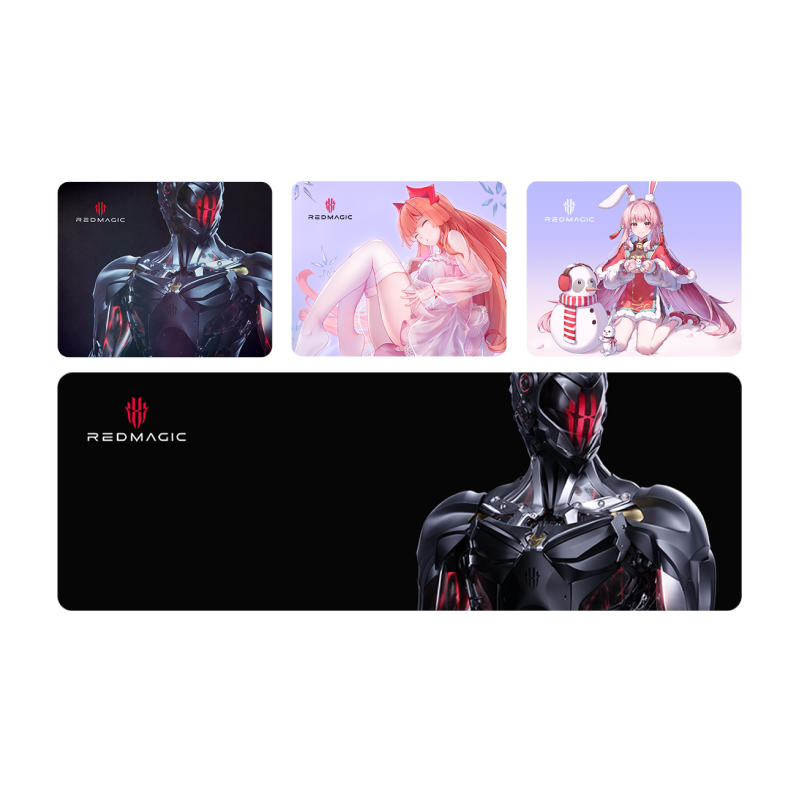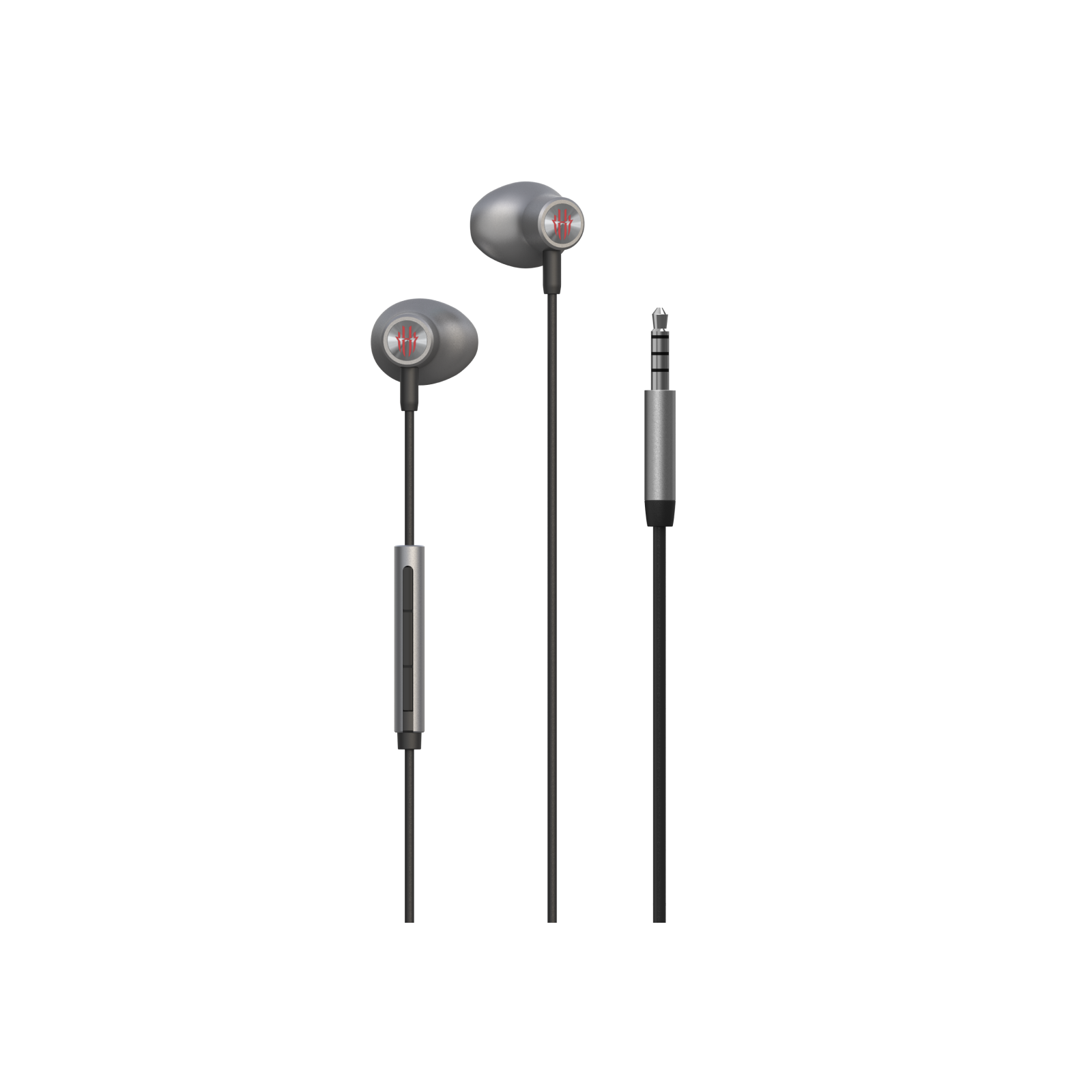

Have you ever been caught in an intense online battle with your team and found that one of your teammates was always one step behind? Not enough to make you lose, but just enough to make you notice. What you may be experiencing is a difference in the touch sampling rate. If you’re playing on a REDMAGIC gaming smartphone, this difference may be a little easier to spot.
It’s fair to assume that it has to do with the screen refresh rate, maybe because that’s the more popular of the two. But when it comes to gaming, the touch sampling rate is a serious part of whether you’ll be able to strike first and fast enough to defeat the opponent. Let’s take a deep dive and look at the difference between the touch sampling rate and screen refresh rate, and how each affects your gaming.
What Is the Difference Between the Two Rates?
Screen Refresh Rate
A screen refresh rate is something that every digital display has, whether it’s a smartphone, a PC monitor, a projector, or a TV. It’s measured in hertz (Hz) and describes the number of times the display refreshes or updates per second. The higher the screen refresh rate, the more fluid the motion of what you’re watching will be. For example, a device with a screen refresh rate of 60 Hz like the iPhone 15 refreshes 60 times in one second, and one with 120 Hz like the REDMAGIC 9 Pro does it twice as fast.
A higher screen refresh rate provides a smoother and more visually appealing gaming experience and can make it easier to track moving objects, reduce motion blur, and generally make fast-paced action feel more immersive and responsive. As explained on the Revolve Studios YouTube channel, the refresh rate should always be higher or equal to the frames per second of whatever content you’re watching to maintain a smooth display.
The Impact of the Screen Refresh Rate on Your Gaming
In gaming, a higher refresh rate means you see more frames per second, which translates into smoother animations and quicker updates of what’s happening in the game world. This can be particularly important in fast-paced games where seeing the action clearly and in real-time can mean the difference between victory and defeat. For instance, a 120 Hz or 144 Hz display can offer a significantly smoother experience compared to a 60 Hz display, allowing gamers to react faster and more accurately to in-game events. The review of the REDMAGIC 9 Pro on Tom’s Guide describes how the device delivers a smoother experience of games like Genshin Impact than its competitors.
Touch Sampling Rate
The touch sampling rate, on the other hand, is more related to the user’s input on the screen. It’s also measured in hertz (Hz), and refers to how often the screen registers and processes your touch inputs per second. For example, a touch sampling rate of 120 Hz means the screen can register touch inputs 120 times per second.
Like the screen refresh rate, a higher touch sampling rate improves the responsiveness of the touchscreen. This means that actions such as swiping, tapping, and multi-touch gestures are registered more quickly and accurately.
How Touch Sampling Rate Affects Gaming
In gaming, a higher touch sampling rate means the device can detect and respond to your touch inputs faster and more accurately. This is crucial for fast-paced games where quick reflexes and precise controls are necessary. A higher touch sampling rate can reduce input lag, which is the delay between your touch and the game’s response, giving you a competitive edge in games where every millisecond counts.
The REDMAGIC 9 Pro features a 2000 Hz instant touch sampling rate and a steady 960 Hz average touch sampling rate, making it extremely responsive to your gaming commands, as noted by Brains techKnowlogy in their review.
Combining Both for Optimal Gaming
In competitive gaming, where quick reaction times are essential, having a higher refresh rate can be the difference between landing a critical hit and missing entirely. For example, in a first-person shooter (FPS) game, being able to see an opponent a fraction of a second earlier can provide a significant advantage.
A high refresh rate translates into more precise control and faster execution of in-game actions. In games that require rapid tapping or swiping, such as CODM, a higher touch sampling rate can lead to a noticeably better performance.
For the best gaming experience, especially on a gaming smartphone, both a high screen refresh rate and a high touch sampling rate are essential. A high refresh rate ensures smooth and clear visuals, while a high touch sampling rate ensures quick and accurate responses to your inputs.
Make Sure All Your Teammates Are up to Speed
So, the next time you find your teammates lagging behind in a crucial moment, it might be worth advising them to upgrade to a device whose touch sampling rate and screen refresh rate are up to the task.
Whether you’re a casual or a competitive player, understanding these technical aspects can help you make informed choices about your gaming gear and ultimately enhance your gameplay and your chances of winning.


